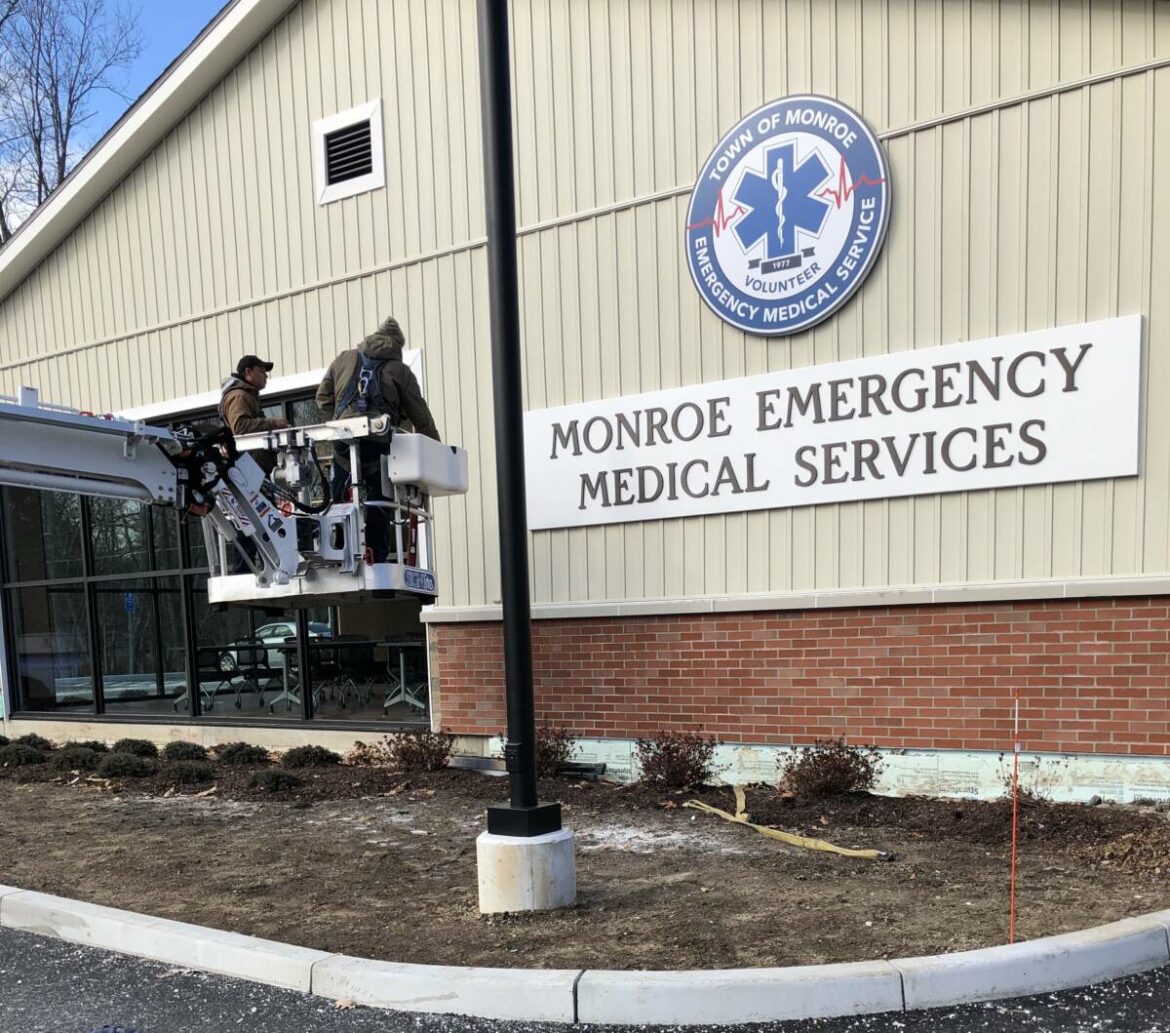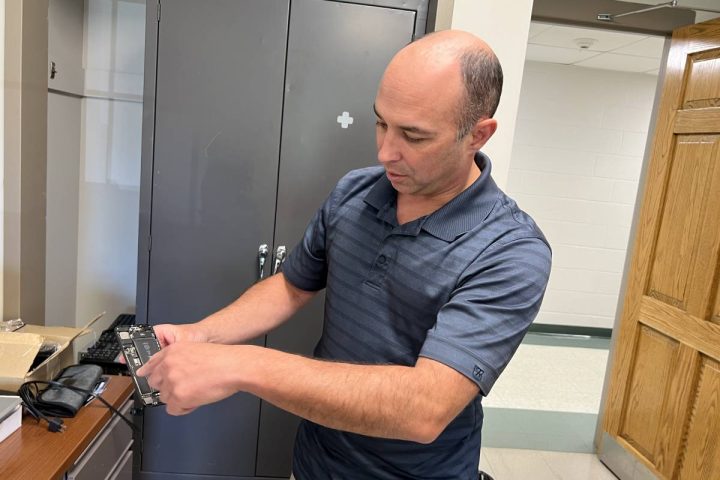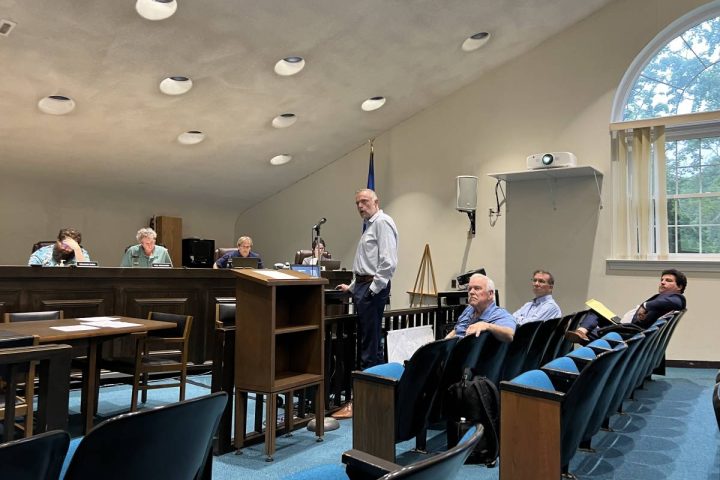MONROE, CT — The Monroe Volunteer Emergency Medical Service will host the inaugural Emergency Medical Responder class at its newly expanded headquarters, 54 Jockey Hollow Road, from Feb. 20 to May 6.
The deadline for applications is February 15, 2023. For information, or to sign up for the class, visit the MVEMS website by clicking here.
Emergency Medical Responder (EMR) is a 60-plus hour course that meets or exceeds all state of Connecticut requirements to become a certified EMR. Immediately following the course, students over the age of 20 will begin Coaching the Emergency Vehicle Operator™ (CEVO), a driver training program for ambulance, fire and police personnel.
CEVO includes a comprehensive coverage of collision prevention techniques and issues, including: scanning and handling blind spots; backing and parking procedures, safety at the fire ground; operating on a variety of road surfaces; inspecting apparatus, handling and design characteristics; driving with lights and siren, and driving in nonemergency situations.
What is an EMR?
Emergency Medical Responders (EMR) provide immediate lifesaving care to patients who access the emergency services system. EMRs have the knowledge and skills necessary to provide basic lifesaving interventions, while awaiting additional higher level EMS resource arrival.
EMRs also provide assistance to higher-level personnel at the scene of emergencies and during transport. Emergency Medical Responders are a vital part of the comprehensive EMS response.
What can an EMR do?
In Monroe, an Emergency Medical Responder might do some of the following:
- Conduct primary and secondary patient examinations, including taking and recording vital signs;
- Open and maintain an airway by positioning the patient’s head or the use of an airway device;
- Provide CPR and obstructed airway care for infants, children, and adults;
- Bleeding control for major injuries;
- Provide immobilization care for musculoskeletal injuries;
- Utilize noninvasive diagnostic devices such as a Pulse Oximeter
- Complete a prehospital emergency care report form on patient contacts.
- Assist EMT’s and Paramedics in performing patient care
- Drive emergency vehicles







